Besides being the largest province of Pakistan, Balochistan also enjoys a large share of some of the most beautiful landscapes that our country is blessed with. While talking about the natural beauty of the region, it is but obvious to mention the Ziarat valley in Balochistan. The valley is also the administrative capital of Ziarat District. The weather of Ziarat is pleasant all-year-round, which means anytime is the best time to take a trip to Ziarat with friends and family.
Exploring Ziarat
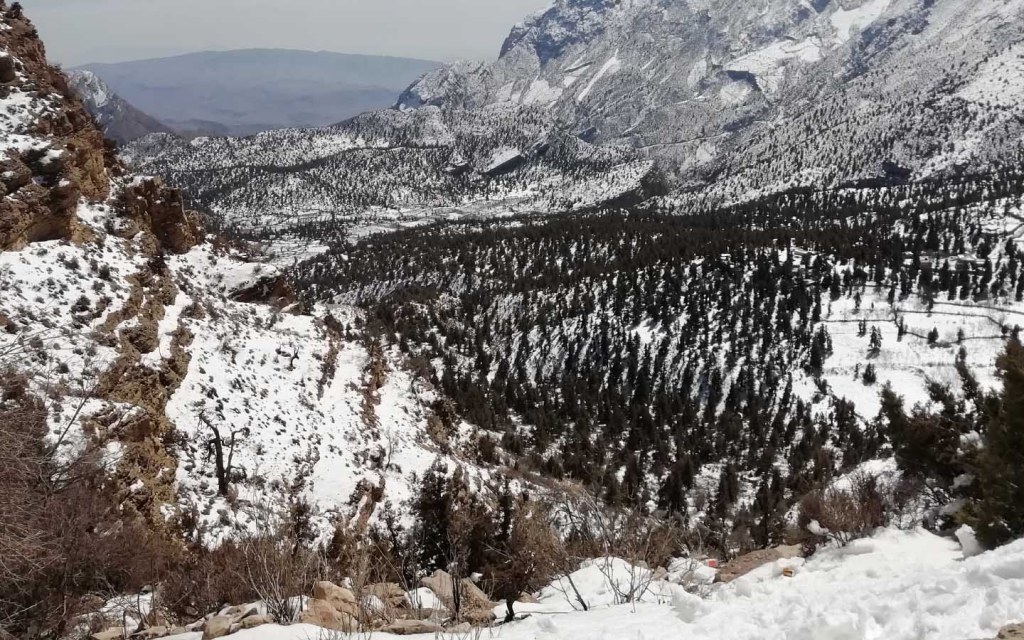
History, mountains, and views of the valley; everything about the Ziarat valley in Balochistan is fascinating, which is why it is counted among Pakistan’s top tourist destinations. Many Pakistanis, as well as foreign tourists, are still unaware of this place, which makes it a hidden gem for them to discover in Balochistan.
So, if you are planning to take a trip to Ziarat, then use our travel guide to make matters easier for you.
History of Ziarat and How It Got Its Name
The word ‘Ziarat’, which is driven from Persian and Arabic, means shrine. The place is home to many sacred sites and shrines of Sufi Saints. Devotees from all around the country visit these shrines to perform religious rituals. This is how this beautiful valley in Balochistan got its name.You will know that you are about to reach Ziarat when your vehicle starts to snake across zigzagging roads, which are surrounded by the legendary Juniper trees. Ziarat’s Juniper trees are among the oldest living trees on earth, some of which are over 5,000-7,000 years old. Ziarat Residency, popularly known as Quaid-e-Azam Residency, is also an important part of the history of this place, which has been kept well-preserved as a national legacy open for tourists.
Quaid-e-Azam Residency
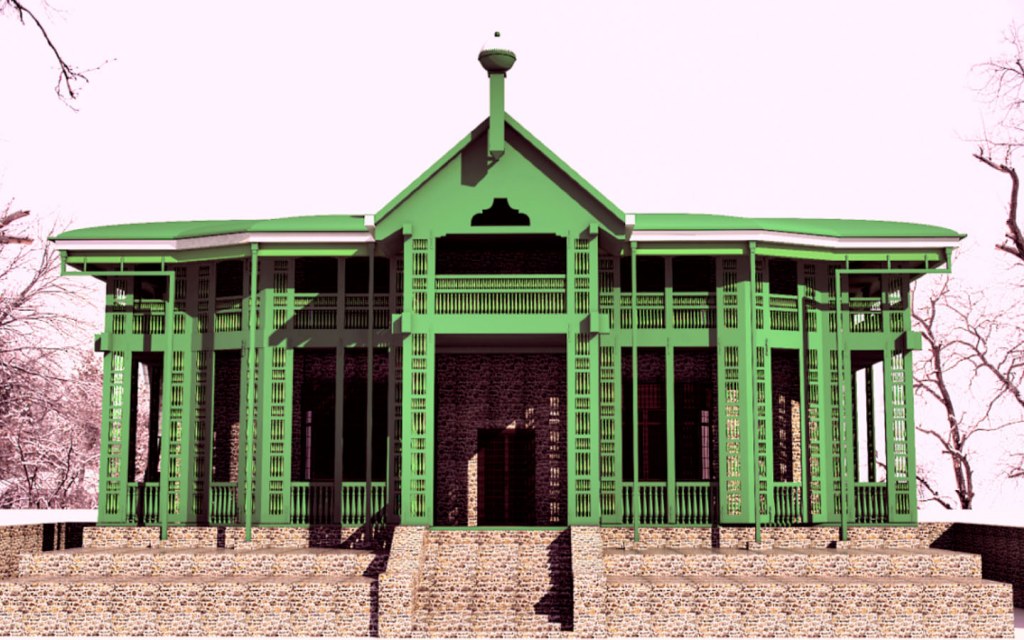
Credits: Balochistan Voices
Quaid-e-Azam Residency is a beautiful wooden structure, which enthralls every visitor with its sheer magnificence due to its exceptional architectural design. The residency is recognized as one of the national landmarks and heritage sites in Pakistan.
Location of the Valley
For those of you planning a road trip to Ziarat, here are some details about the location of this wonderful hill station in Balochistan. The place is located at an altitude of 8,000 feet. Taking the route of Ziarat Road, which is the only way of getting to this valley from Quetta, will take you around 2 hours and 30 minutes to reach the endpoint since the journey is about 124 km long.Hospitality and Local Food Culture
Ziarat is a part of Balochistan, and the people of this province are best known for welcoming tourists with their all-encompassing hospitality and generosity. Moreover, the most exciting part of your journey to Ziarat will be tasting the local food. Balochistan has unique food traditions. Its culinary specialties are widely known for their extraordinary taste and particularly the techniques with which they are prepared.In case you have a friend or an acquaintance native to the area, then you can visit one of the local households and have a meal with them in their traditional style to make your trip to Ziarat even more memorable. Their hospitality will surely keep you coming back for more.
Nearby Touring Sites
Ziarat valley is surrounded by many well-known tourist spots. Some of the most famous places to see when you are taking a road trip to Ziarat are:- Prospect Point
- Hanna Lake
- Urak Valley
Prospect Point
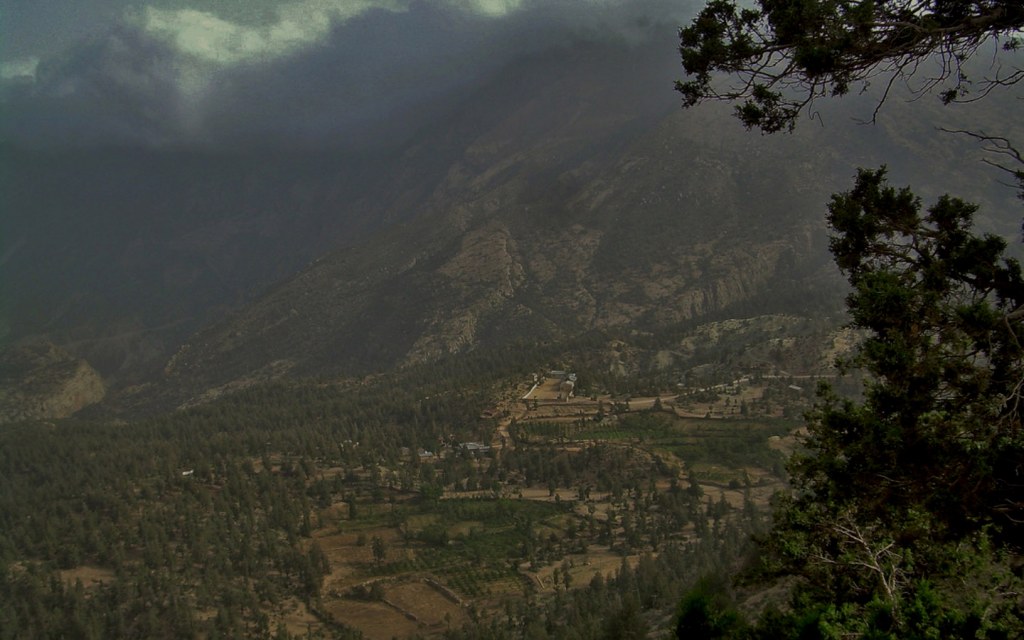
Hanna Lake
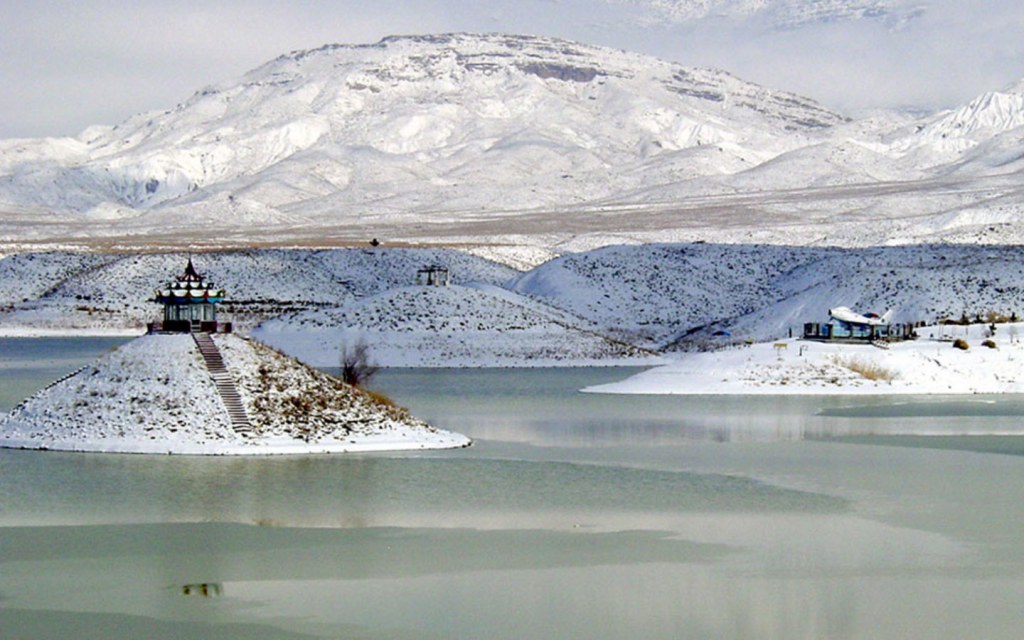
Credits: Discover Pakistan
Urak Valley
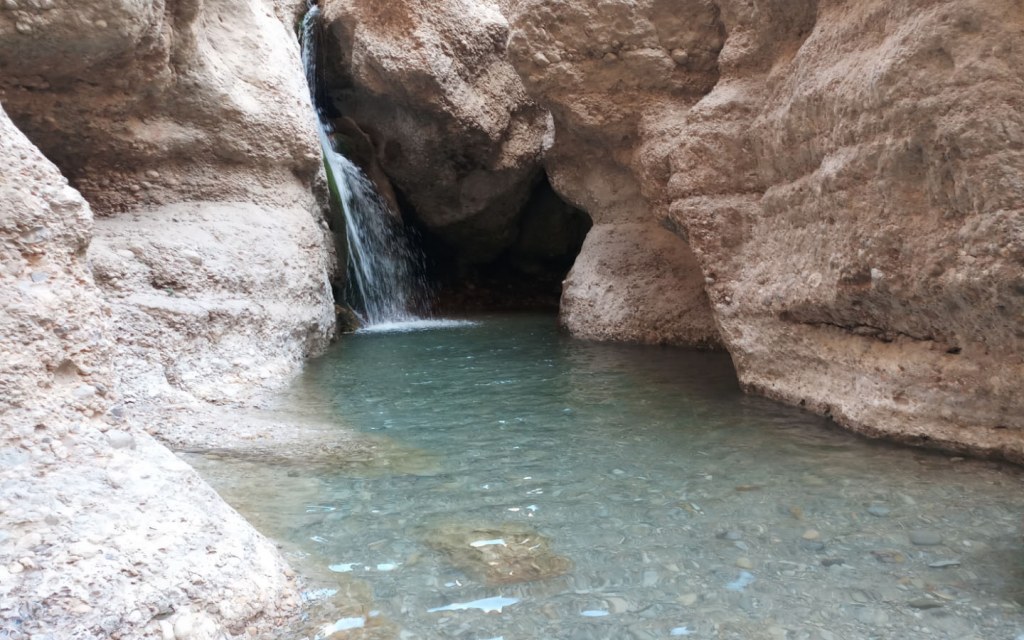
Have Plans to Move To Quetta?
The nearest city to all these tourist attractions in Balochistan is the city of Quetta, which is also the administrative capital of the province. If you have plans to move to this beautiful city surrounded by mighty mountains of Balochistan, then you can have a look at the list of residential properties available for sale across Quetta to pick a home suiting your requirements.Apart from the natural beauty of Balochistan, some lesser-known scenic places in Pakistan are rarely advertised on travel brochures. It is mostly because of the treacherous pathways that lead to these destinations. So, why don’t you add them to your bucket list and explore the unexplored!




0 Comments